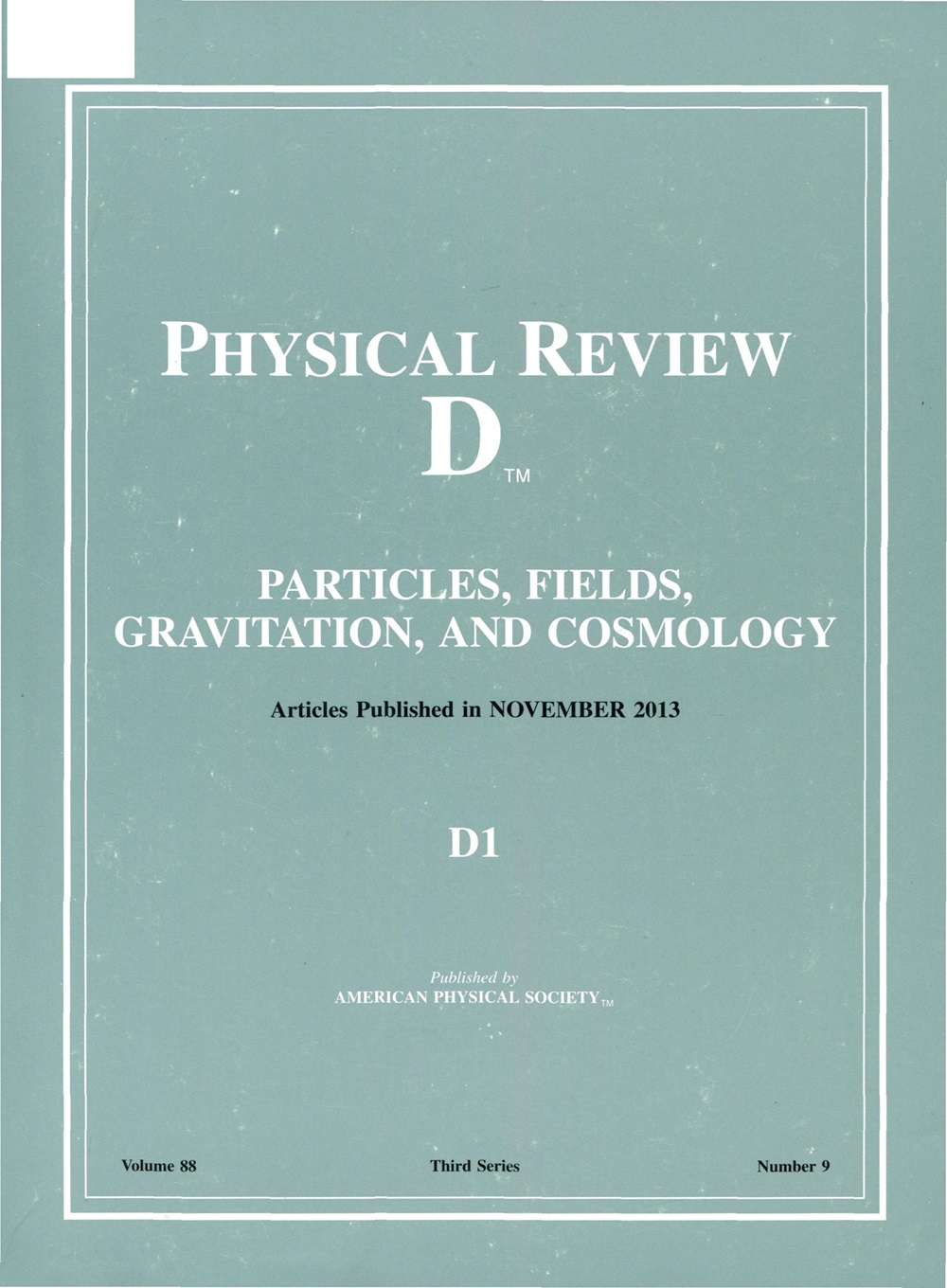Machine learning-based detection of nonaxisymmetric fast neutrino flavor instabilities in core-collapse supernovae
IF 5.3
2区 物理与天体物理
Q1 Physics and Astronomy
引用次数: 0
Abstract
In dense neutrino environments like core-collapse supernovae (CCSNe) and neutron star mergers, neutrinos can undergo fast flavor conversions when their angular distribution of neutrino electron lepton number (νELN) crosses zero along some directions. While previous studies have demonstrated the detection of axisymmetric基于机器学习的核心坍缩超新星非轴对称快中微子风味不稳定性检测
在密集的中微子环境中,如核心坍缩超新星(CCSNe)和中子星合并,当中微子电子轻子数(νELN)沿某些方向的角分布跨越零时,中微子可以经历快速的风味转换。虽然以前的研究已经证明了在这些极端环境中检测到轴对称的νELN交叉,但非轴对称交叉仍然难以捉摸,主要是由于缺乏其角度分布的模型。在这项研究中,我们提出了一种使用机器学习(ML)技术检测非轴对称νELN交叉的开创性分析。我们的机器学习模型是在两个CCSN模拟的数据上训练的,一个有旋转,一个没有,其中中微子角分布的非轴对称特征起着至关重要的作用。我们证明我们的ML模型达到了超过90%的检测精度。这是一个重要的改进,特别是考虑到这些模型中有很大一部分的νELN交叉躲过了早期方法的检测。2025年由美国物理学会出版
本文章由计算机程序翻译,如有差异,请以英文原文为准。
求助全文
约1分钟内获得全文
求助全文
来源期刊

Physical Review D
物理-天文与天体物理
CiteScore
9.20
自引率
36.00%
发文量
0
审稿时长
2 months
期刊介绍:
Physical Review D (PRD) is a leading journal in elementary particle physics, field theory, gravitation, and cosmology and is one of the top-cited journals in high-energy physics.
PRD covers experimental and theoretical results in all aspects of particle physics, field theory, gravitation and cosmology, including:
Particle physics experiments,
Electroweak interactions,
Strong interactions,
Lattice field theories, lattice QCD,
Beyond the standard model physics,
Phenomenological aspects of field theory, general methods,
Gravity, cosmology, cosmic rays,
Astrophysics and astroparticle physics,
General relativity,
Formal aspects of field theory, field theory in curved space,
String theory, quantum gravity, gauge/gravity duality.
 求助内容:
求助内容: 应助结果提醒方式:
应助结果提醒方式:


